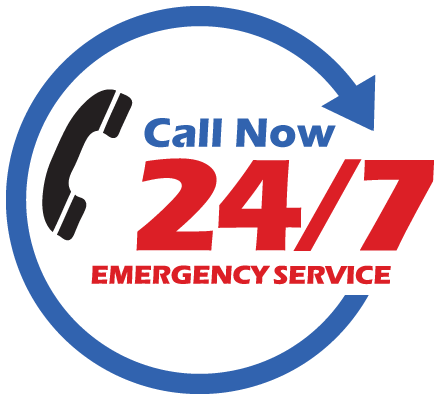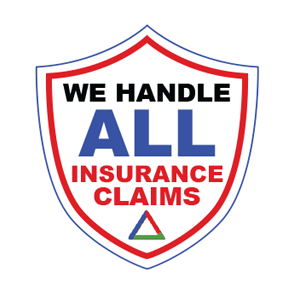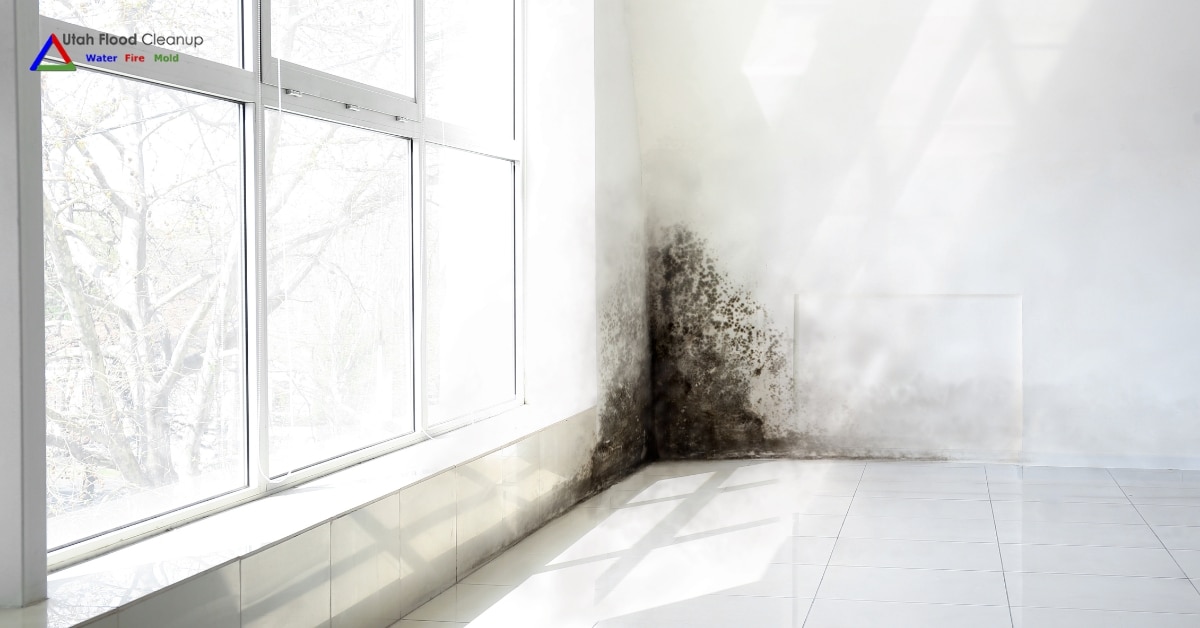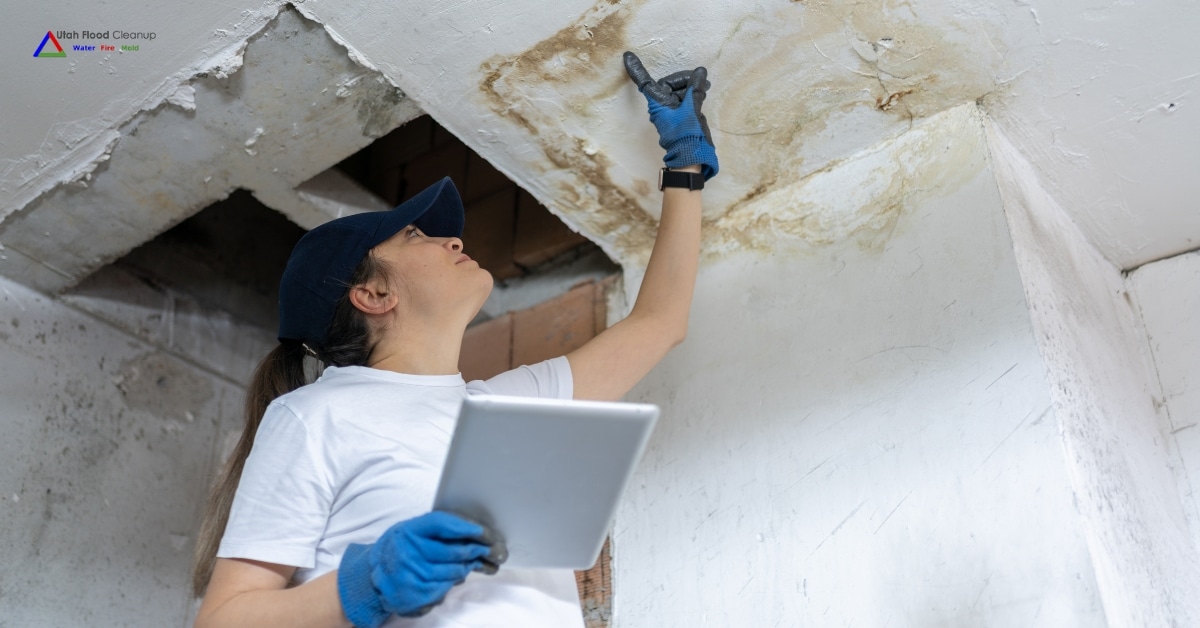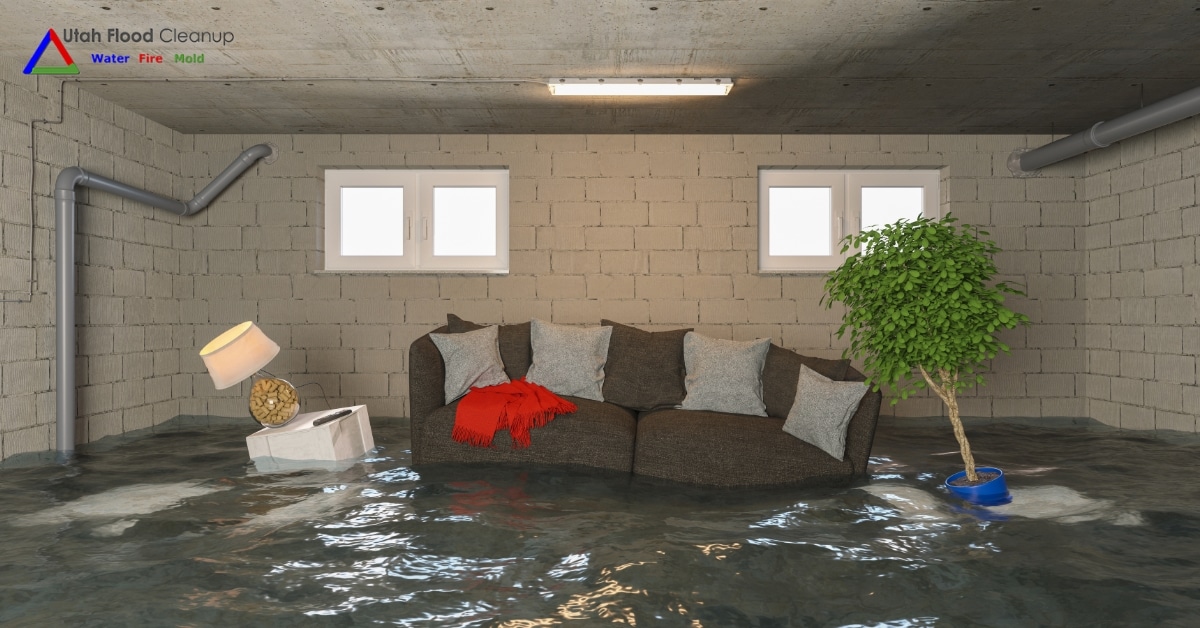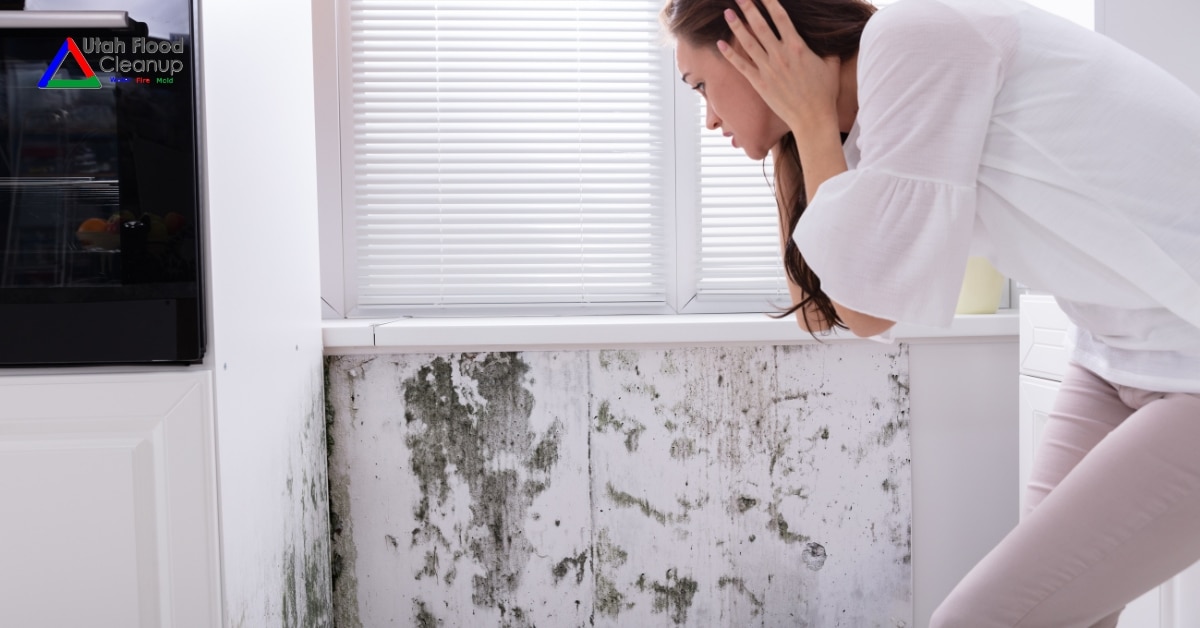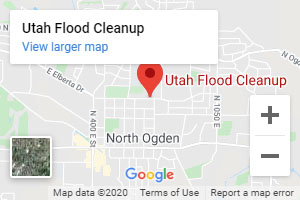- Odor Removal Services After Water Damage in Utah - October 3, 2024
- Dangers of Mold in House: A Comprehensive Guide - July 4, 2024
- 5 Must-Know Tips on Fire and Water Damage Restoration - May 28, 2024
Finding mold in your home can be a disturbing discovery. Mold not only affects the structural integrity of your house, but it also poses several health risks. In Ogden and Salt Lake City, Utah, where many homeowners experience mold issues, understanding the dangers of mold exposure is crucial.
This comprehensive guide will delve into the risks associated with mold in homes and how you can protect your dwelling and health.
Understanding the Danger of Mold in Homes
What is Mold?
Mold is a form of fungi that thrives in damp, warm conditions, often where water damage has occurred. It reproduces by releasing tiny, microscopic spores into the environment. These spores are light enough to be carried by air currents throughout your home, posing a potential danger when inhaled or touched.
Why is Mold Dangerous?
Mold in homes poses a serious threat to health and property integrity. The spores released by mold can result in allergic reactions and respiratory issues, particularly in those with pre-existing conditions or weakened immune systems. In extreme cases, mold can cause structural harm to your house, as it feeds on organic material like wood, damaging the property's fabric.
The Health Risks: Danger of Breathing Mold Spores
Immediate Health Reactions
Inhaling mold spores can lead to a variety of health problems. These can range from mild irritations like coughing, wheezing, and skin irritation to more severe allergic reactions, including runny nose, red eyes, and skin rashes.
Long-Term Respiratory Conditions
Prolonged exposure to mold spores can also contribute to long-term respiratory conditions, causing asthma in some people or exacerbating symptoms in those already diagnosed. More serious complications like chronic obstructive pulmonary disease (COPD) and other chronic lung conditions can also develop in rare cases.
A Closer Look at The Danger of Black Mold
Identifying Black Mold
Stachybotrys chartarum, also known as black mold due to its dark greenish-black color, is a particularly toxic type of mold that poses a severe health risk if not addressed promptly.
The Health Threat of Black Mold
The danger of black mold stems from its production of mycotoxins, toxic substances that, when inhaled, ingested, or touched, can cause a range of health issues. These can include chronic coughing and sneezing, irritation to the eyes, mucus membranes of the nose and throat, rashes, chronic fatigue, and persistent headaches. In severe cases, it can lead to nausea, vomiting, and bleeding in the lungs and nose. Therefore, it's essential to treat black mold with the seriousness it deserves, seeking professional help at the earliest signs.
How to Spot Mold: The Subtle Signs
Distinctive Odor
Mold has a distinctive musty smell that can serve as a warning sign. If you notice an unusual, persistent odor in your home, it might be due to mold growth.
Visible Growth
While mold often grows in hidden areas, it can sometimes be seen. Look out for irregular patches of black, white, gray, green, or brown growth on walls, ceilings, and other surfaces.
Health Symptoms
Experiencing health symptoms such as consistent coughing, sneezing, eye irritation, or a runny nose without a clear cause might indicate mold presence in your home.
The Danger of Mold Exposure: Long-Term Effects
Respiratory Issues
Long-term exposure to mold can lead to serious respiratory issues. These include chronic lung disease, asthma, and other respiratory infections.
Neurological Problems
Mold exposure can also affect the nervous system, leading to problems such as headaches, dizziness, memory loss, and in severe cases, seizures.
Immune System Suppression
Mold exposure can suppress the immune system, increasing susceptibility to other infections and diseases, particularly in individuals with a weakened immune system.
Mold Prevention: Minimizing the Danger of House Mold
Control Humidity Levels
Keep indoor humidity levels below 50% to make it less conducive for mold to grow.
Ventilation
Ensure your home, especially bathrooms, kitchens, and laundry areas, are well-ventilated to prevent condensation, a common cause of mold growth.
Promptly Fix Leaks
Address leaks and water damage immediately, creating the perfect environment for mold to thrive.
Regular Cleaning
Regular cleaning, especially of bathrooms and kitchens, can help prevent the growth of mold. Use mildew-resistant products when possible.
Protecting Your Utah Home: The Final Word on Mold Dangers and Prevention
The dangers of mold in your Utah home should not be underestimated. It's essential to understand the risks and take proactive steps towards mold prevention and swift removal if mold is detected.
Don't let mold threaten your health and home. Call Utah Flood Cleanup at (801) 416-2666 at the first sign of mold. We provide professional mold detection and elimination services, ensuring a safe and healthy living environment for you and your family.
Other related articles:

